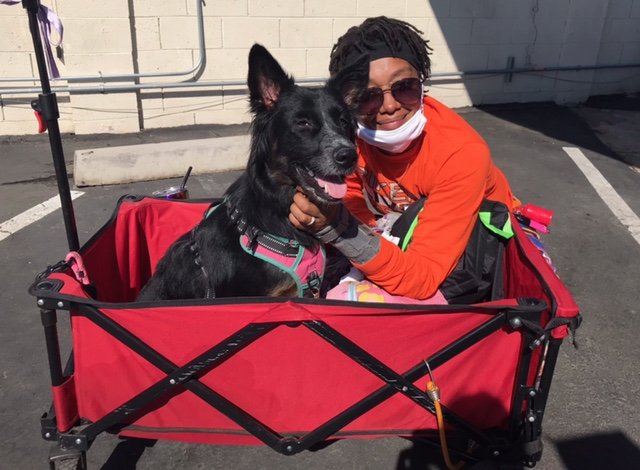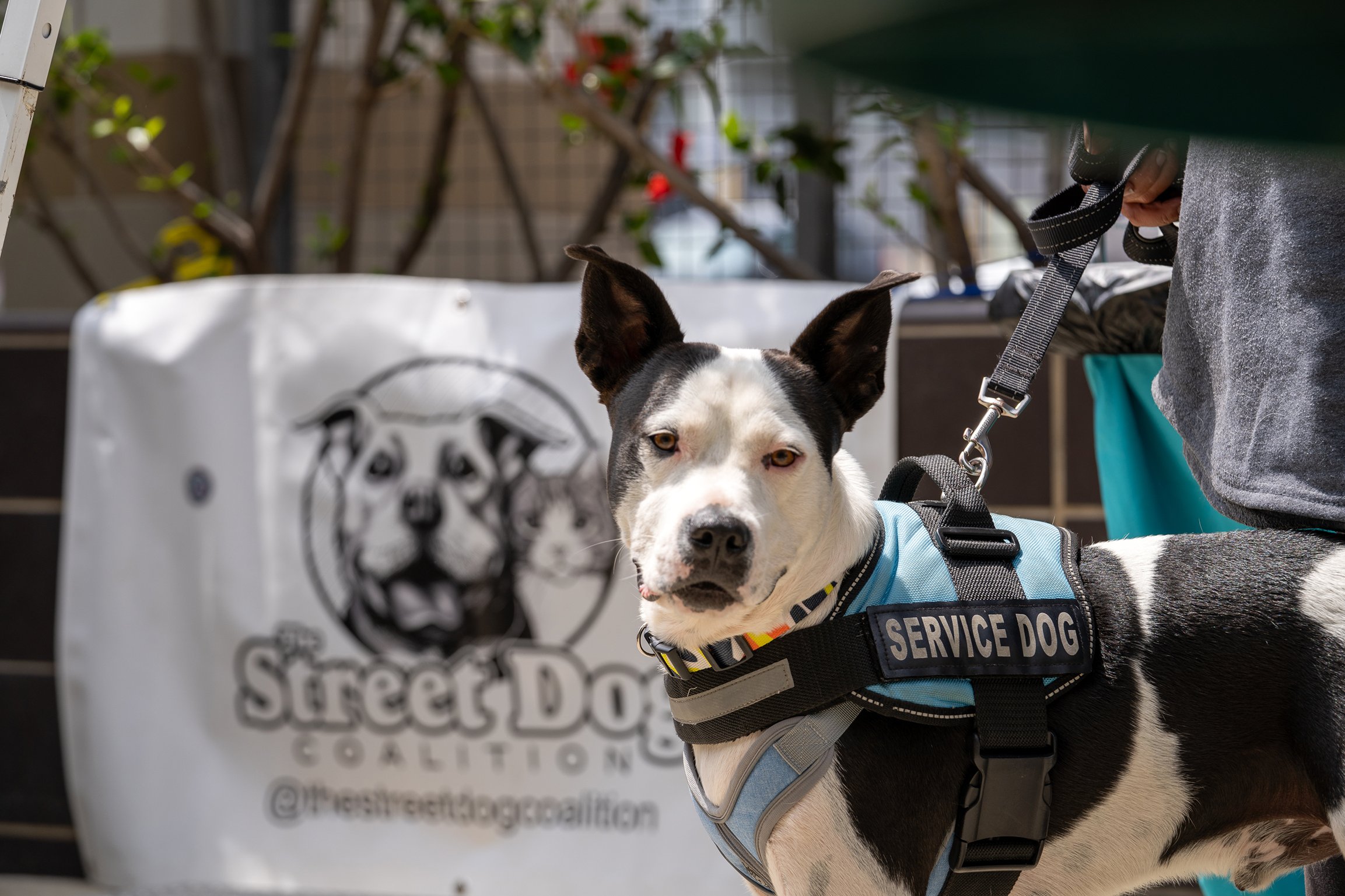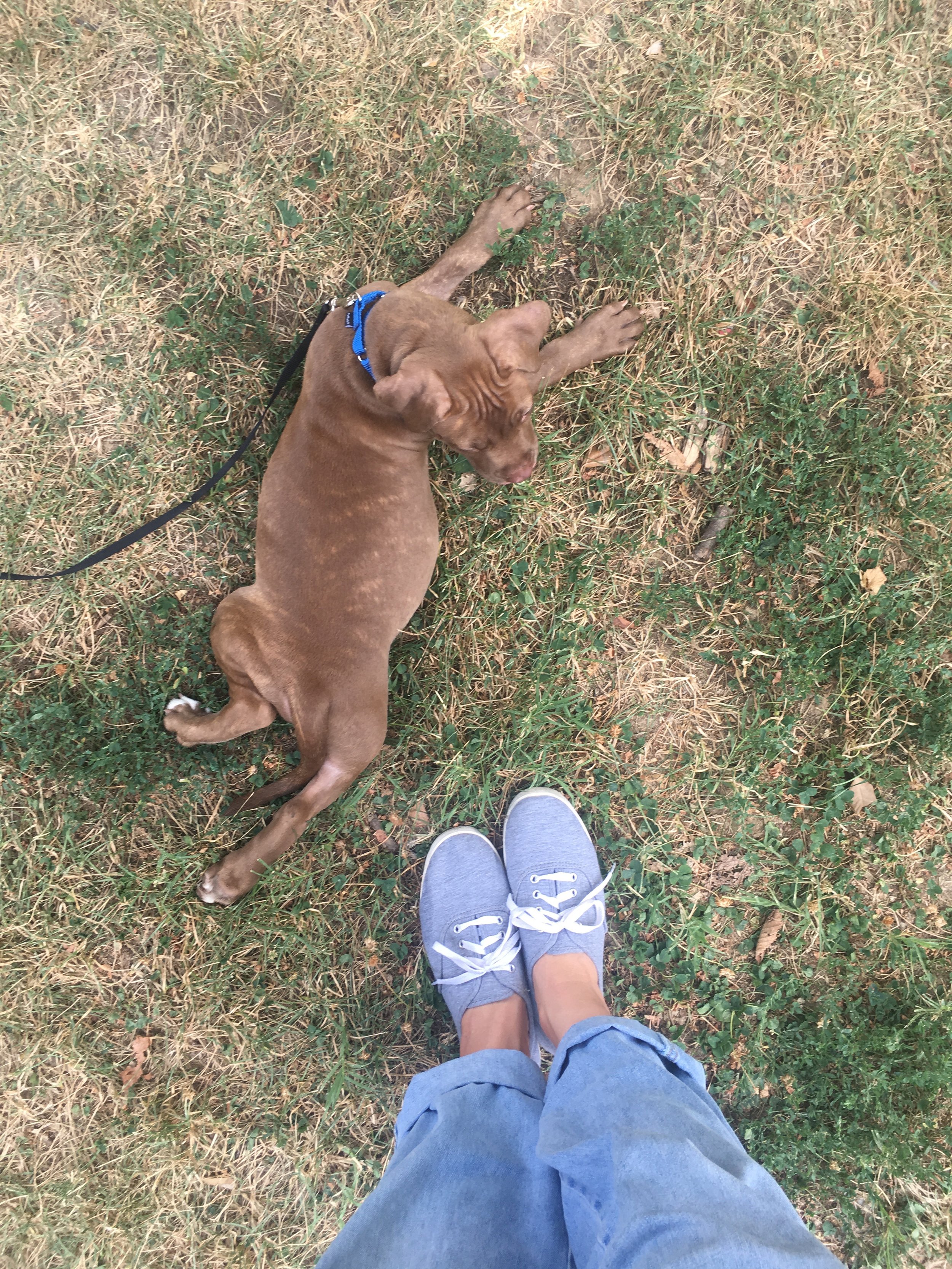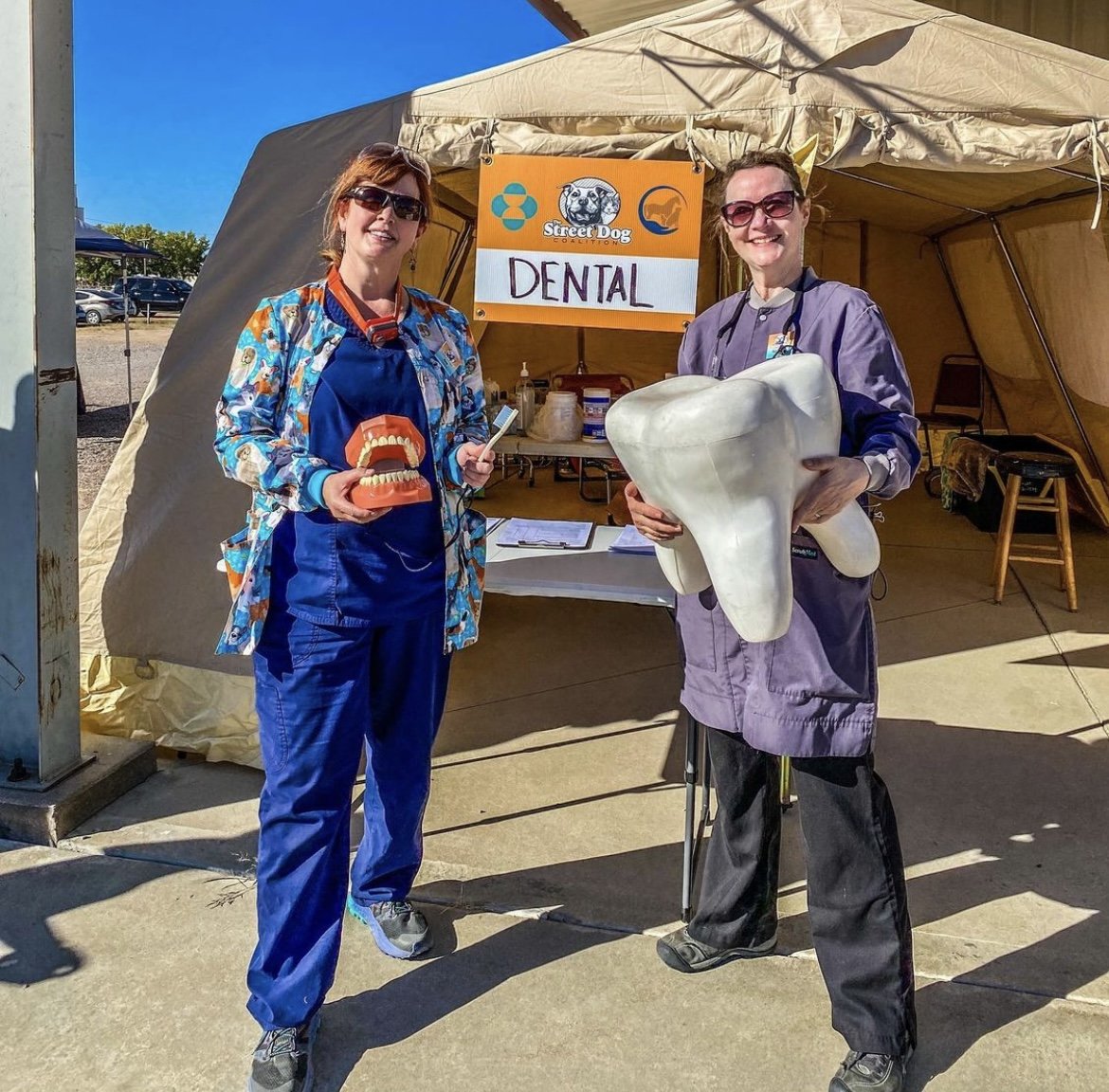The Human-Animal Bond
“The Human-Animal Bond throughout Time” - Michigan State University College of Veterinary Medicine Article Posted December 07, 2018
What is the Human-Animal Bond?
The human-animal bond is a mutually beneficial and dynamic relationship between people and animals that is influenced by behaviors essential to the health and wellbeing of both. This bond is beneficial to mental, physical, and social health of people and animals. — American Veterinary Medical Association*
Humans help animals, and animals help humans. This bond is illustrated in a number of YouTube videos such as Christian the lion* remembering the men who cared for him as a cub, or Craig Foster, befriending an octopus on the coast of South Africa in the Netflix documentary My Octopus Teacher*. It is exemplified further by the abused animals who continually love people despite all they have experienced. The human-animal bond also appears in service animals, police dogs, therapy animals, and more. This is a connection which science still does not understand all the mechanics of, but it undeniably exists because it is seen everyday. And when life is a struggle, transitionally or day to day, that bond grows exponentially and ensuring the ongoing health of each companion is paramount.
The Science Behind the Bond
- Dr. Timothy Rozell, PhD. Professor of Anatomy and Physiology / Endocrinology and Lactation at Kansas State University
Physiology can help explain some of the ways that owning a dog can improve people’s lives. Essentially, there are three main hormone molecules that our brain uses to respond to things we encounter in our environment: serotonin, norepinephrine and dopamine.
What is a Hormone?
Organic substance secreted by plants and animals that functions in the regulation of physiological activities and in maintaining homeostasis [the balance of substances within the body] — Encyclopedia Britannica*
Serotonin is released when our basic food, shelter and relationship needs are met. When people have low serotonin, they experience symptoms of anxiety and depression. The companionship a pet provides is enormously important when it comes to keeping serotonin release at a higher level.
Norepinephrine promotes vigilance and preparation to face threats, either real or potential, in our environment. Too much norepinephrine can wear us out from being hyper-alert for an extended period of the time. We need relaxation to repair damaged tissues and to increase storage of nutrients. Dogs can help reduce their owner’s norepinephrine levels because their owners know they are better at detecting potential threats, particularly if they involve sound or odor, such as from humans or other animals.
Dopamine is commonly thought of as the “pleasure” molecule, but its real job is to drive changes in our behavior that can benefit us as individuals or even as a species. These behaviors can be healthy (like exercise) or unhealthy (like overeating too many calorie-dense foods or consuming alcohol or drugs). As a result of too much dopamine caused by pursuing unhealthy habits, humans can become addicted. Interacting with dogs can also cause a release of dopamine, which helps to reduce the craving for more dopamine that often causes us to pursue unhealthy habits.
Feline Good…
Keeping serotonin, norepinephrine and dopamine in balance is very important to our mental and physical health, and pets help us do that.
How Does the Human-Animal Bond Impact One’s Experience of Homelessness, or Near Homelessness?
Can I help you?
Many people experiencing, or at-risk of, homelessness do not need rescuing and neither do their pets. Instead of assuming what’s best for them or their pet, we recommend acknowledging their humanity and offering resources such as those offered by The Street Dog Coalition to protect and support their human-animal bond.
There is a stigma which exists amongst the general population that people experiencing homelessness should not keep or have their pets because, “if they can’t take care of themselves, then they can’t take care of their pet.” This stigma negates the benefits pets offer when experiencing homelessness. However, it is true having pets while experiencing homelessness does include added hardships. A 2022 study by the University of California, Davis* examines the similarities and differences seen in housed versus unhoused pet owners utilizing surveys including topics of disease control, hygiene, emotional benefits, additional hardships, and feelings towards those experiencing homelessness having pets.
Total Participants: 45 Housed & 56 Unhoused Owners
Unhoused owners were significantly more likely to report:
Protective benefits Challenges obtaining housing Finding a flea on their pet Using bottled water for their pet Their pet sleeping in their bed
96-98% of all participants stated they would not give up their pet for better housing.
31% of housed pet owners believed that people should not own pets if they do not have secure housing.
When analyzing this study and others similar to it, a pattern emerges that pets are more than mouths to feed; they are considered true family members. It is not uncommon for those experiencing homelessness with a pet to feed their pet first, and even go hungry so their pet can eat. For those with limited resources, to provide for someone else has intense meaning.
Providing for pets also maintains purpose and routine, which can be essential for coping with the hardships faced when experiencing homelessness. It can be an incredibly lonely experience and pets provide protection and comfort. Although having a pet makes it harder to secure consistent housing, this hardship does not outweigh all the other benefits pets offer.
It is a goal of The Street Dog Coalition to continue challenging society’s stigma against people having pets while experiencing homelessness by providing resources and support for both ends of the leash using a One Health approach to street medicine.
Put yourself in their shoes…
Would you give up your pet if you were at risk of experiencing homelessness? Our pets are family. Family does not get left behind. By providing support rather than judgement to those experiencing homelessness, we can make a difficult situation a little easier.
Utilizing a One Health Approach to Support the Human-Animal Bond
The Street Dog Coalition provides veterinary care to those experiencing, or at-risk of, homelessness using a One Health approach to street medicine. The One Health approach supports the human-animal bond by acknowledging the interconnectedness between all living things and the disciplines that interact with them.
One Health Definition
One Health is a collaborative, multisectoral, and transdisciplinary approach—working at the local, regional, national, and global levels—with the goal of achieving optimal health outcomes recognizing the interconnection between people, animals, plants, and their shared environment — Centers for Disease Control and Prevention*
When implementing veterinary street medicine, the well being of a human and their pet are inextricably linked, which means when one is taken care of or neglected, the other will be affected. Outreach advocates from various disciplines, such as mental health services, social work, human medicine, and environmental health have emphasized the bridge pets build in order to provide services to the pet owner. One of the ways SDC utilizes this bridge is teaming up with other organizations which provide complementary services to support both ends of the leash.
This webpage and the above video entitled “Both Ends of the Leash” was put together by Elizabeth Scarbrough, a 2022 graduate of Kansas State University and a member of the KSU College of Veterinary Medicine Class of 2026. She completed her University Honors Project in coordination with SDC researching what it is like to experience homelessness with pets in Topeka, KS. Many thanks to all the people involved with making this video, and a special thanks to Elizabeth for her dedication to serving both ends of the leash in any way she can.
Conclusion
The human-animal bond is not fully understood scientifically, but the power of it is well-known. The hormones serotonin, norepinephrine, and dopamine only explain part of this unique relationship. The ability for animals and humans to communicate using a universal language of love demonstrates that unconditional love is deserved by all and best when shared.
SDC’s Four Core Values
Through SDC’s Four Core Values: Unconditional Love, Unbridled Collaboration, Trust, and Compassionate Activism, the human-animal bond flourishes. Experiencing homelessness can be a devastating experience for many people socially, emotionally, financially, and physically. Animals provide support in all of these areas. It’s impossible to not see the value in those relationships and acknowledge the importance of the human-animal bond when serving this community of pet owners
Sources*
Barrington, Ernest J.W.. "hormone". Encyclopedia Britannica, 2 Nov. 2020, https://www.britannica.com/science/hormone. Accessed 5 June 2022.
Conway, Kimberly Lynn, et al. “Benefits, Companion Animal Zoonotic Disease Prevalence and Public Perceptions of Pet Ownership among People Experiencing Homelessness in Northern California.” Zoonoses and Public Health, 2022, https://doi.org/10.1111/zph.12970.
Foster, Craig. My Octopus Teacher. Watch My Octopus Teacher | Netflix Official Site, Netflix, 7 Sept. 2020, https://www.netflix.com/title/81045007. Accessed 22 June 2022.
“Human-Animal Bond.” American Veterinary Medical Association, https://www.avma.org/one-health/human-animal-bond.
Morning Star Productions. Christian the Lion: Original Online Video - The Lion Who Thought He Was People. YouTube, Morning Star Productions, 1971, https://www.youtube.com/watch?v=btuxO-C2IzE. Accessed 22 June 2022.
“One Health.” Centers for Disease Control and Prevention, Centers for Disease Control and Prevention, 9 June 2022, https://www.cdc.gov/onehealth/index.html.








